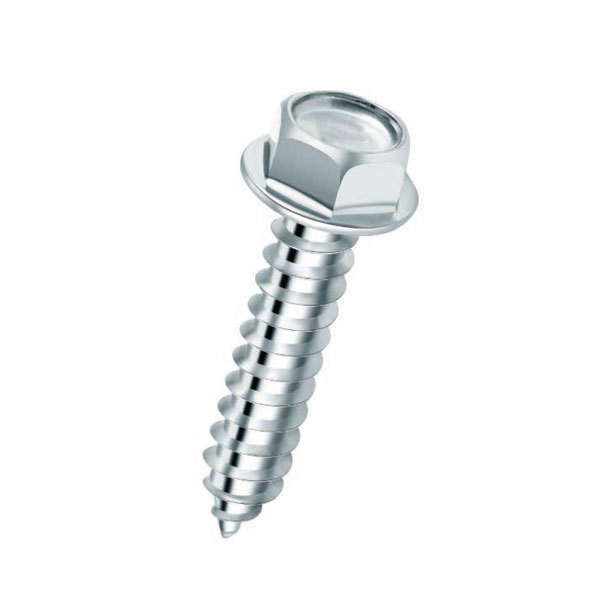oem spring washer installation
Installation Guide for OEM Spring Washers
When it comes to securing and stabilizing components in various mechanical applications, the importance of spring washers cannot be overstated. OEM (Original Equipment Manufacturer) spring washers are specifically designed to enhance the performance and longevity of mechanical assemblies by providing additional tension and resistance to loosening. In this article, we will delve into the installation process of OEM spring washers, highlighting key considerations to ensure optimal functionality.
Understanding Spring Washers
Before we discuss the installation process, it is crucial to understand what spring washers are and their role in an assembly. A spring washer is a type of washer that is made of spring steel. It is engineered to provide a load that holds the connected components together while accommodating for any movement or vibration that may occur during operation. This makes them invaluable in applications that experience dynamic loads, such as automotive, aerospace, and machinery industries.
Choosing the Right OEM Spring Washer
Selecting the appropriate OEM spring washer is the first step in the installation process. It’s vital to consider factors such as the load, size, and material compatibility. Spring washers come in various shapes and sizes, including Belleville washers, wave washers, and disc springs, each with specific load characteristics. Make sure to refer to the manufacturer’s specifications to choose the right type for your application.
Installation Steps
1. Preparation Before installation, ensure that you have all the necessary tools and components at hand. This typically includes the spring washers, bolts or screws, and any required lock nuts or locking mechanisms. Clean the surfaces where the washer will be installed to remove any dirt, rust, or debris that could interfere with the fastening.
oem spring washer installation

2. Orientation For certain types of spring washers, such as Belleville washers, orientation is crucial. Ensure that the convex side is facing the component that requires securing. This design allows the spring washer to compress effectively, exerting a pushing force that keeps the joint tight.
3. Stacking Washers In some applications, it may be necessary to stack multiple spring washers to achieve desired load characteristics. If stacking is required, make sure to alternate the orientation of the washers in the stack. The convex side of one washer should face the flat side of the next. This arrangement optimizes the distribution of load and helps prevent slippage or loosening.
4. Bolting Process Insert the bolt or screw through the hole in the assembly and place the spring washer against the base of the fastener. Hand-tighten the fastener first to hold everything in place. It's important not to overtighten at this stage, as the spring washer needs to maintain some level of tension to function effectively.
5. Tightening Once in place, use a torque wrench to tighten the fastener to the manufacturer's specified torque settings. This ensures that the washer is properly compressed and functioning within its intended capacity. Recheck the torque settings after a short period of operation, as some settling may occur.
6. Regular Maintenance After the initial installation, it is essential to check the spring washers regularly during maintenance cycles. Look for signs of wear, corrosion, or loss of tension, which may indicate the need for replacement.
Conclusion
The installation of OEM spring washers is a critical aspect of mechanical assembly that can significantly impact the performance and reliability of equipment. By understanding the role of spring washers, selecting the correct type, and following the proper installation techniques, you can ensure that your mechanical systems remain secure and efficient under various operational conditions. Adhering to these guidelines not only enhances the longevity of your components but also helps prevent costly downtime and repairs in the future. Proper installation and maintenance of spring washers contribute to the overall safety and efficacy of machinery, making them indispensable in modern engineering practices.
-
Top Choices for Plasterboard FixingNewsDec.26,2024
-
The Versatility of Specialty WashersNewsDec.26,2024
-
Secure Your ProjectsNewsDec.26,2024
-
Essential Screws for Chipboard Flooring ProjectsNewsDec.26,2024
-
Choosing the Right Drywall ScrewsNewsDec.26,2024
-
Black Phosphate Screws for Superior PerformanceNewsDec.26,2024
-
The Versatile Choice of Nylon Flat Washers for Your NeedsNewsDec.18,2024










